
Powiedz znajomym o tym przedmiocie:
The Making of Chicago
Charles River Editors
The Making of Chicago
Charles River Editors
*Includes pictures *Includes accounts of Chicago's history and the great fire *Includes online resources and a bibliography for further reading The area that became Chicago caught the eye of European settlers as far back as the 17th century, when the French explorers Marquette and Jolliet found that waterways in the area connected the Mississippi River to the Great Lakes. The area became an outpost for the fur trade long before it was settled, and Fort Dearborn was built there in 1803. Throughout the 19th century, American settlers pushing across the Western frontier came into contact with diverse American tribes, producing a series of conflicts ranging from the Great Plains to the Southwest, from the Trail of Tears to the Pacific Northwest. Indian leaders like Geronimo became feared and dreaded men in America, and Sitting Bull's victory over George Custer's 7th Cavalry at Little Bighorn was one of the nation's most traumatic military endeavors. The British attempt to maintain a barrier between America and Canada by propping up Native American tribes led to a controversial battle in the Illinois Territory at Fort Dearborn, a fort built along the Chicago River, shortly after the War of 1812 broke out. When the war came, the close proximity of British forces compelled American military officers in the area to attempt to evacuate the garrison at Fort Dearborn, but misunderstandings and a lack of time resulted in Potawatomi warriors ambushing the soldiers and several civilians before they could retreat back to Fort Wayne, Indiana. Though it started as a 300 person settlement in 1832, Chicago's location near the Great Lakes and its access to the Mississippi River turned it into a major trading city overnight. The city became even more important when railroads were constructed to connect the country, making it the first major city in the "West" during the mid-19th century. By 1871, the original 300 person settlement was now home to about 300,000 people, and Chicago had become the first major city built by Americans rather than European colonial powers Thus, it had taken less than 40 years for the new settlement of 300 to become a city of nearly 300,000, but it only took two days in 1871 for much of it to be destroyed. On the night of October 8, 1871, a blaze in the southwestern section of Chicago began to burn out of control. Walking around Chicago today, it's easy to forget about its past as a rural frontier. That's due in no small part to the way Chicago responded to the Great Fire of 1871. Immediately after the fire, Chicago encouraged inhabitants and architects to build over the ruins, spurring creative architecture with elaborate designs. Architects descended upon the city for the opportunity to rebuild the area, and over the next few decades they had rebuilt Chicago with the country's most modern architecture and monuments. Chicago recovered well enough within 20 years to win the right to host the World's Fair in 1893, which was commemorating the 400th anniversary of Columbus' discovery of the New World. Covering nearly two square miles, the Fair's grounds created a city within a city, and Daniel Burnham was in the middle of it all. With several other noteworthy architects, including Louis Sullivan, Burnham designed the layout of the grounds and the construction of the buildings on the ground. During the late 19th century, "neoclassicism" was in vogue, and American architects designed buildings incorporating ancient Greek and Roman architecture. With its white colored buildings, the Fair stood out from the rest of Chicago, earning it the label "White City." Throughout 1893, it attracted millions of visitors, allowing Chicago to introduce itself to foreign visitors and reintroduce itself as a major American city.
| Media | Książki Paperback Book (Książka z miękką okładką i klejonym grzbietem) |
| Wydane | 26 stycznia 2017 |
| ISBN13 | 9781542765084 |
| Wydawcy | Createspace Independent Publishing Platf |
| Strony | 250 |
| Wymiary | 216 × 279 × 13 mm · 589 g |
| Język | English |
Więcej od Charles River Editors
Inni również kupili
Więcej z tej serii
Zobacz wszystko od Charles River Editors ( np. Paperback Book i Book )


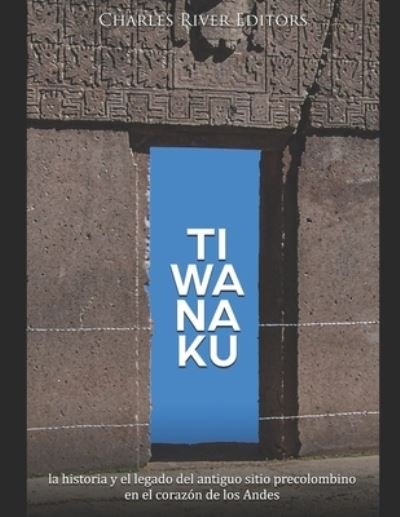
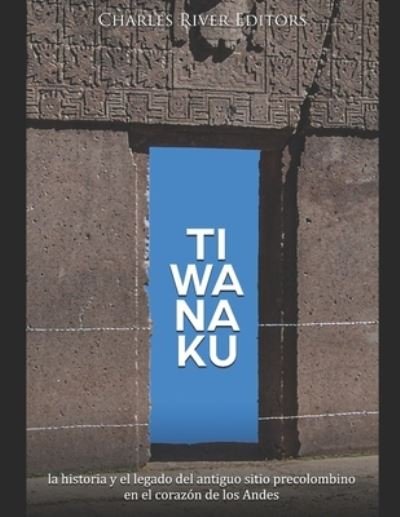
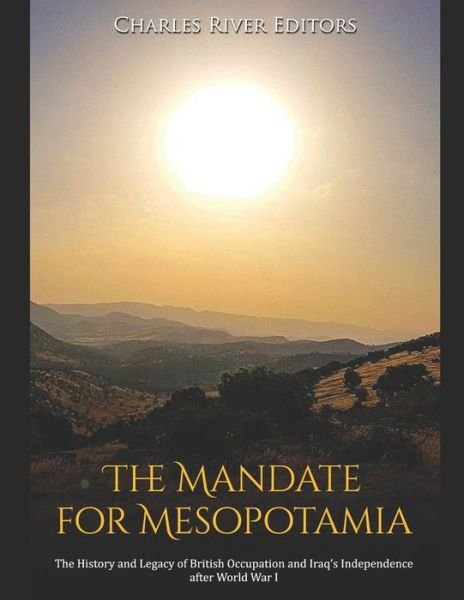
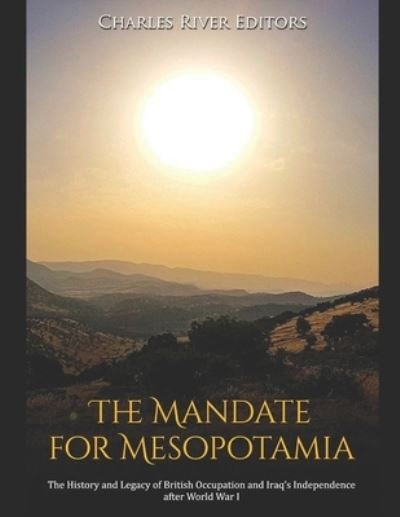
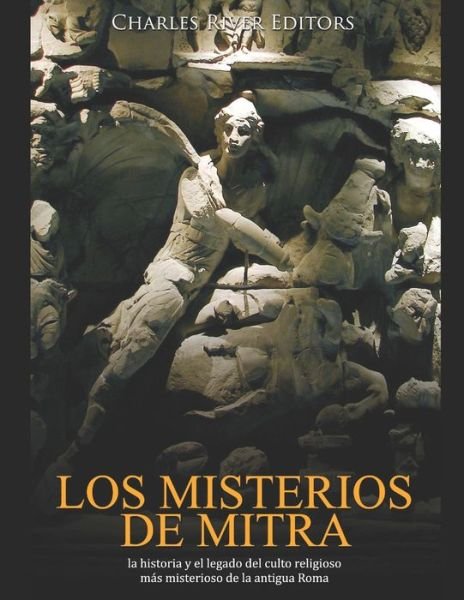
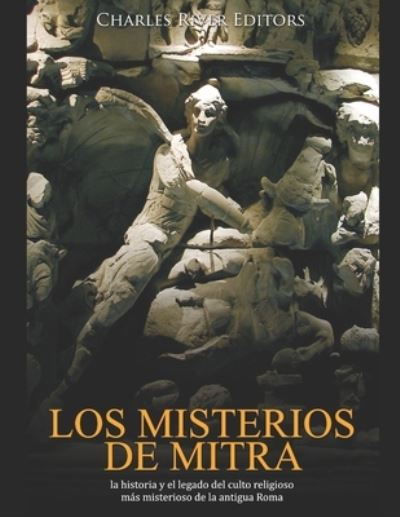
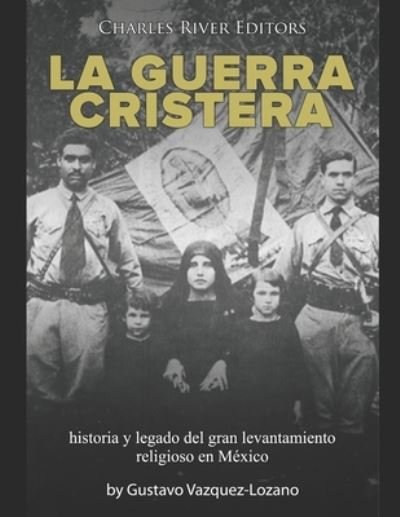

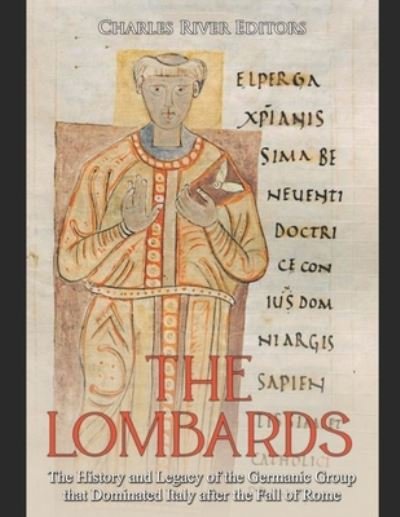
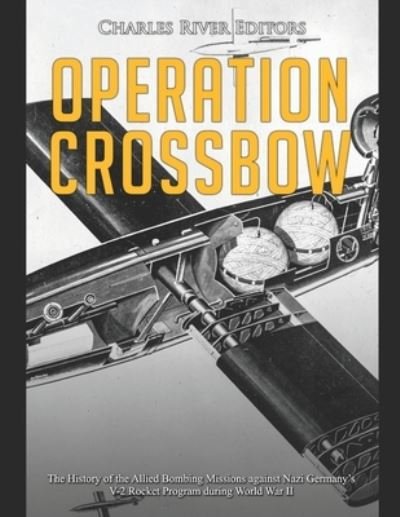
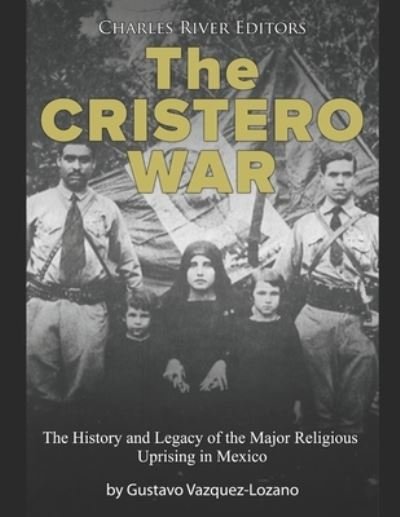
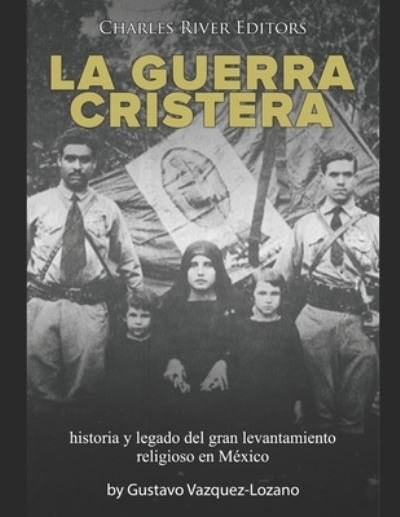
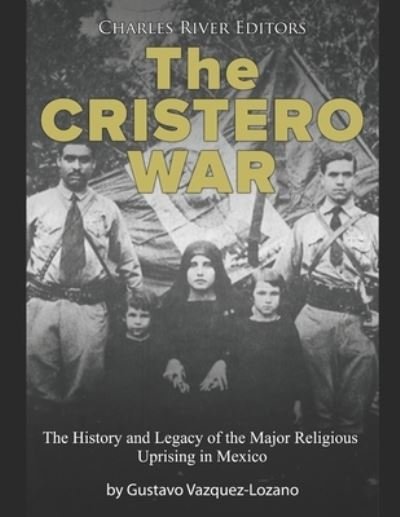
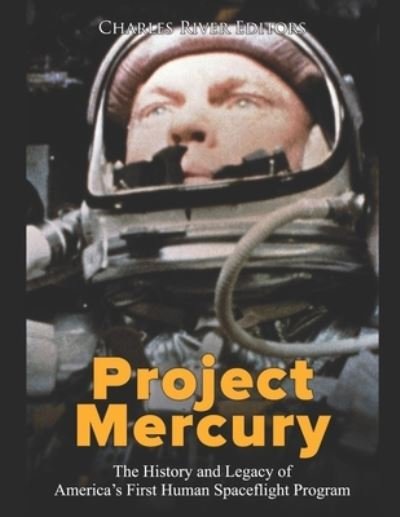
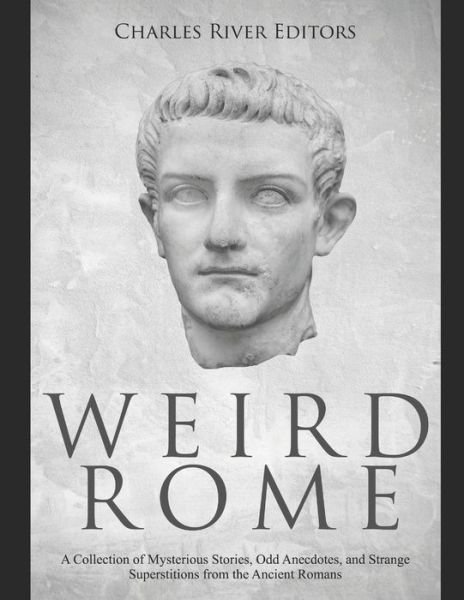

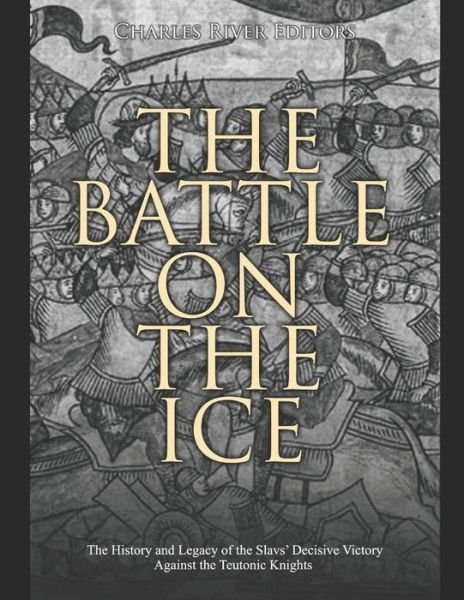
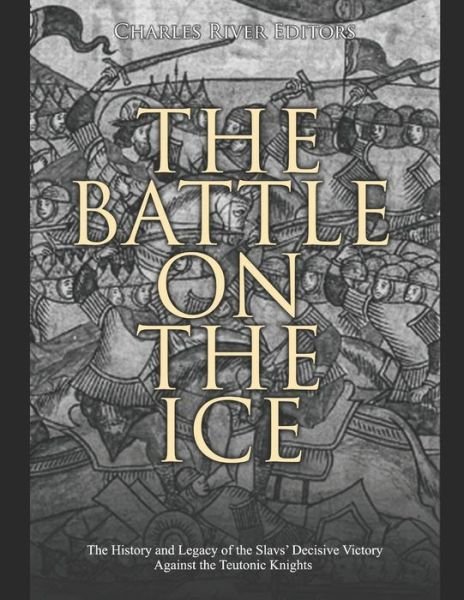
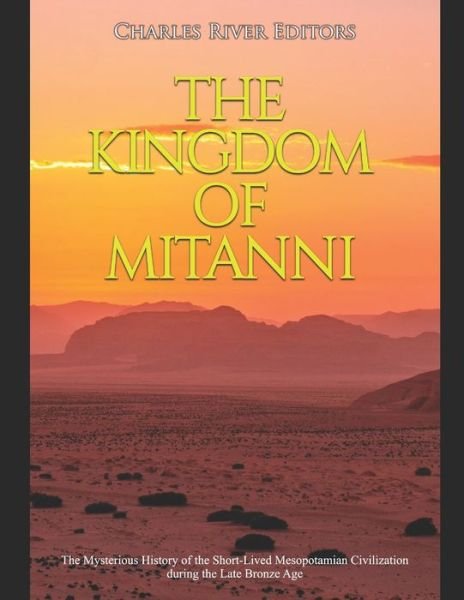
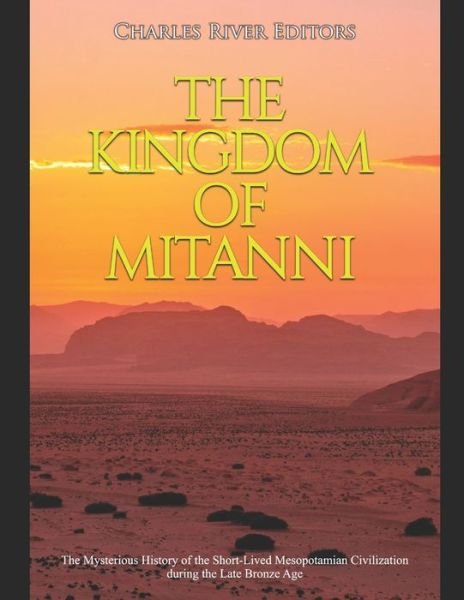
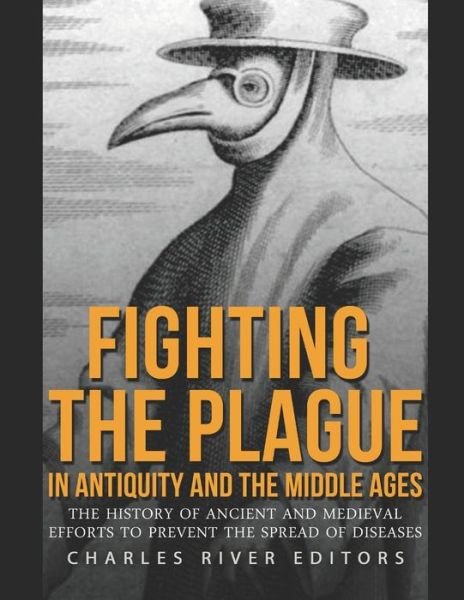
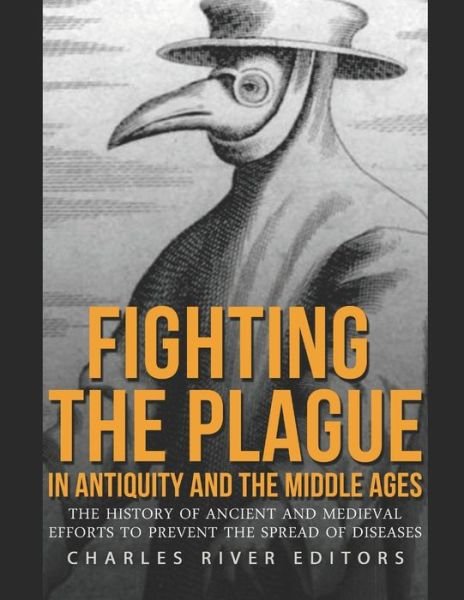
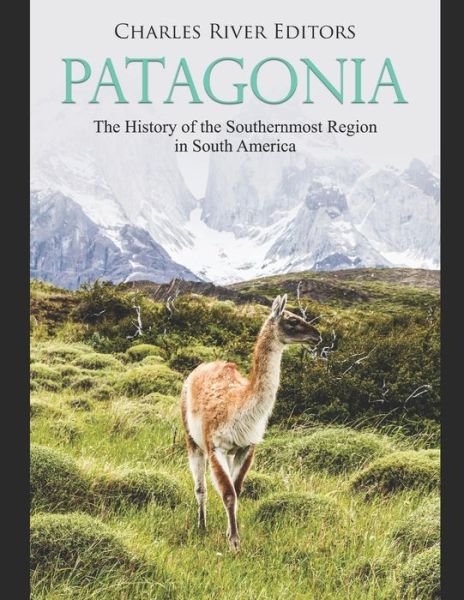
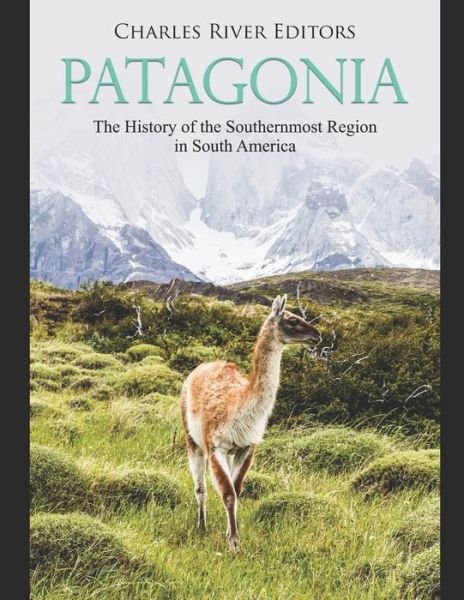
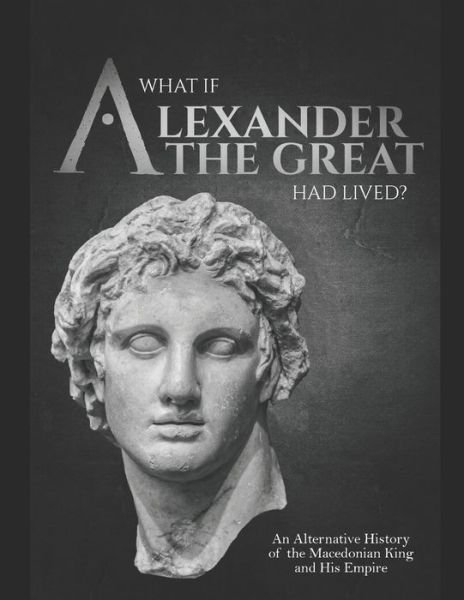
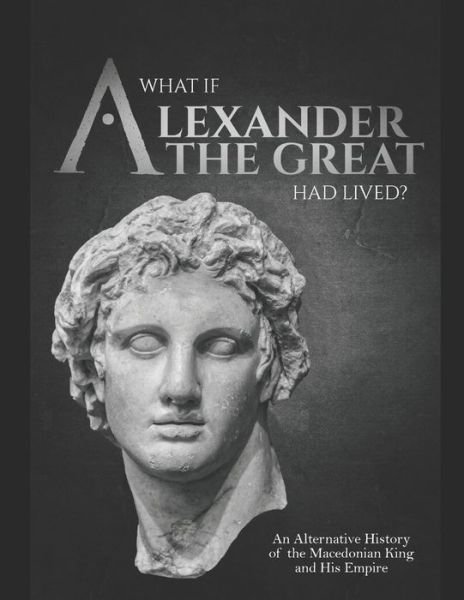
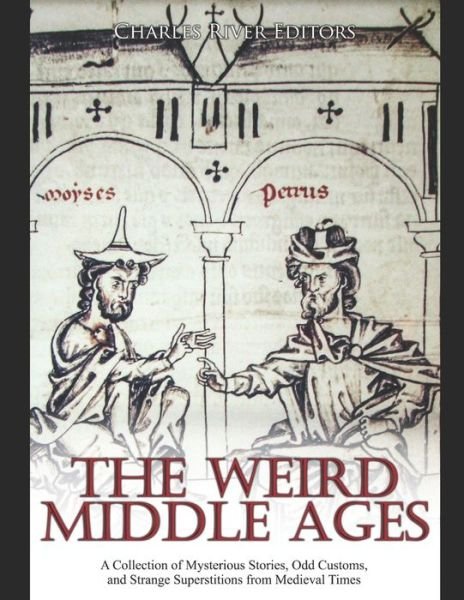
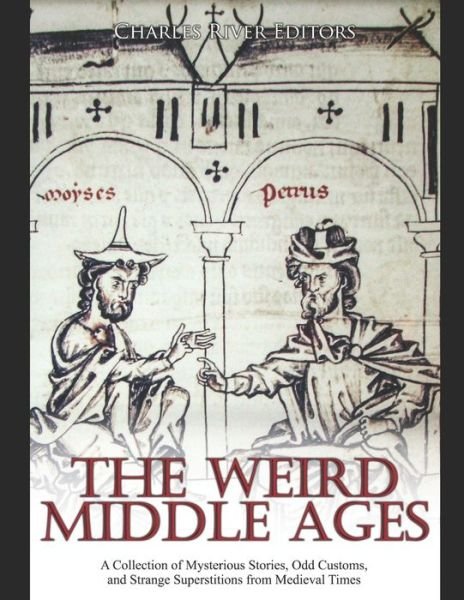
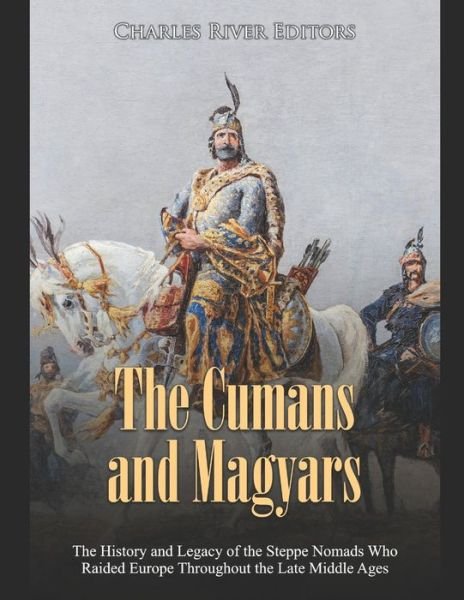
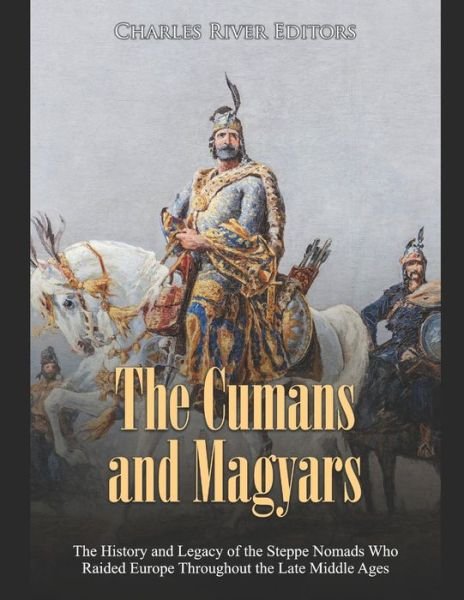

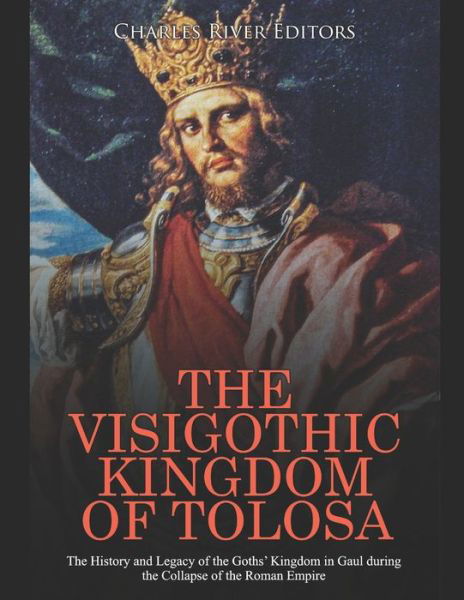


![Cover for Charles Dickens · Den hjemsøgte mand og åndens tilbud (Nyillustreret) (Bound Book) [1. wydanie] (2022)](https://imusic.b-cdn.net/images/item/original/123/9788772048123.jpg?charles-dickens-2022-den-hjemsoegte-mand-og-aandens-tilbud-nyillustreret-bound-book&class=scaled&v=1654049104)
![Cover for Linda Lehun · Musikbogen (Paperback Book) [1. wydanie] (2016)](https://imusic.b-cdn.net/images/item/original/063/9788759891063.jpg?linda-lehun-2016-musikbogen-paperback-book&class=scaled&v=1486719785)
![Cover for Dian Hanson · The New Erotic Photography - Bibliotheca Universalis (Hardcover Book) [Multilingual edition] (2017)](https://imusic.b-cdn.net/images/item/original/715/9783836526715.jpg?dian-hanson-2017-the-new-erotic-photography-bibliotheca-universalis-hardcover-book&class=scaled&v=1490369714)





![Cover for Jesper Wung-Sung · To ryk og en aflevering (Sewn Spine Book) [3. wydanie] (2009)](https://imusic.b-cdn.net/images/item/original/996/9788763811996.jpg?jesper-wung-sung-2009-to-ryk-og-en-aflevering-sewn-spine-book&class=scaled&v=1341784896)



![Cover for Claus Drengsted-Nielsen · Lille dansk grammatik (Sewn Spine Book) [1. wydanie] (2016)](https://imusic.b-cdn.net/images/item/original/692/9788702194692.jpg?claus-drengsted-nielsen-2016-lille-dansk-grammatik-sewn-spine-book&class=scaled&v=1499896829)
![Cover for Jon Speelman · Modern Defence (Paperback Book) [1st edition] (2000)](https://imusic.b-cdn.net/images/item/original/816/9781857442816.jpg?jon-speelman-2000-modern-defence-paperback-book&class=scaled&v=1409611116)

